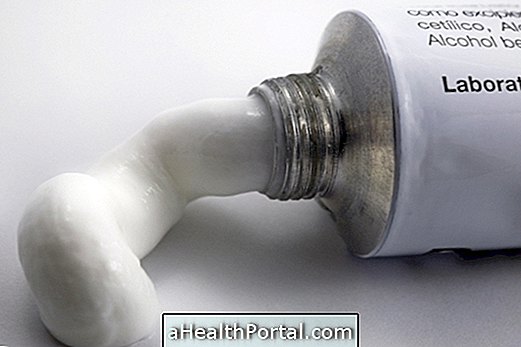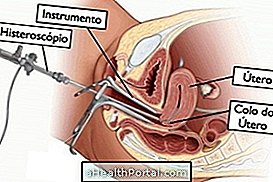Urogynecological physiotherapy is a specialty of physiotherapy that aims to treat various changes related to the pelvic floor, such as urinary incontinence, fecal, sexual dysfunction and genital prolapses, for example, improving quality of life and sexual performance.
The muscles that make up the pelvic floor are designed to control urine and faeces and support multiple organs, but due to aging, diseases, surgeries or multiple births, muscles lose strength and result in a number of problems that can be quite uncomfortable. even, limiting. That way, gynecological physical therapy is performed to strengthen these muscles and treat those changes.
Urogynecologic physiotherapy can be done with the aid of several resources according to the purpose of the treatment, and may be used electrostimulation, biofeedback or specific exercises. Understand urogynecology.

What is it for
Urogynecological physiotherapy aims to strengthen the pelvic muscles in order to bring health benefits. Thus, this type of physiotherapy can be recommended in the case of:
- Urinary and fecal incontinence, these being the main reasons why this type of physiotherapy is performed. Here are the most common questions about urinary incontinence;
- Genital prolapses, which corresponds to the descent of the pelvic organs, such as bladder and uterus, for example, due to weakening of muscles. Understand what uterine prolapse is;
- Pelvic pain, which can happen due to endometriosis, dysmenorrhea or during intercourse;
- Sexual dysfunctions, such as anorgasmia, vaginismus, pain during sexual intercourse and, in the case of men, erectile dysfunction and premature ejaculation;
- Intestinal constipation, which can also happen due to pelvic floor dysfunctions.
In addition, urogynecologic physiotherapy can be helpful in preparing for childbirth and postpartum recovery as it allows the woman to assimilate her body modifications and facilitates recovery after childbirth. However, this type of physical therapy must be done with the assistance of a qualified professional and is contraindicated for women who have a problem with their pregnancy.
Urogynecological physiotherapy is also recommended for people who have undergone pelvic surgery, as it helps in their rehabilitation, but can also be performed preventively.
How is it done?
Urogynecological physiotherapy is performed by a specialized physiotherapist and with the help of various resources according to the purpose of the treatment, such as:
- Electro-stimulation, which is done with the aim of promoting the toning of the pelvic floor, reducing perianal pain and decreasing the activity of the bladder muscles during filling, and may therefore be recommended in the treatment of urinary incontinence, for example;
- Biofeedback, which has the principle of measuring muscle activity in the region, evaluating muscle contraction, coordination and relaxation;
- Kinesiotherapy, which is based on the practice of exercises, such as Kegel exercises, which promote the gain of strength in the pelvic muscles. Learn how to practice Kegel exercises.
In addition to these features, the physiotherapist can also choose to use perianal massager, voiding timetable and hipopressive gymnastics, for example. Get to Know 7 Benefits of Hipopressive Gym.
























